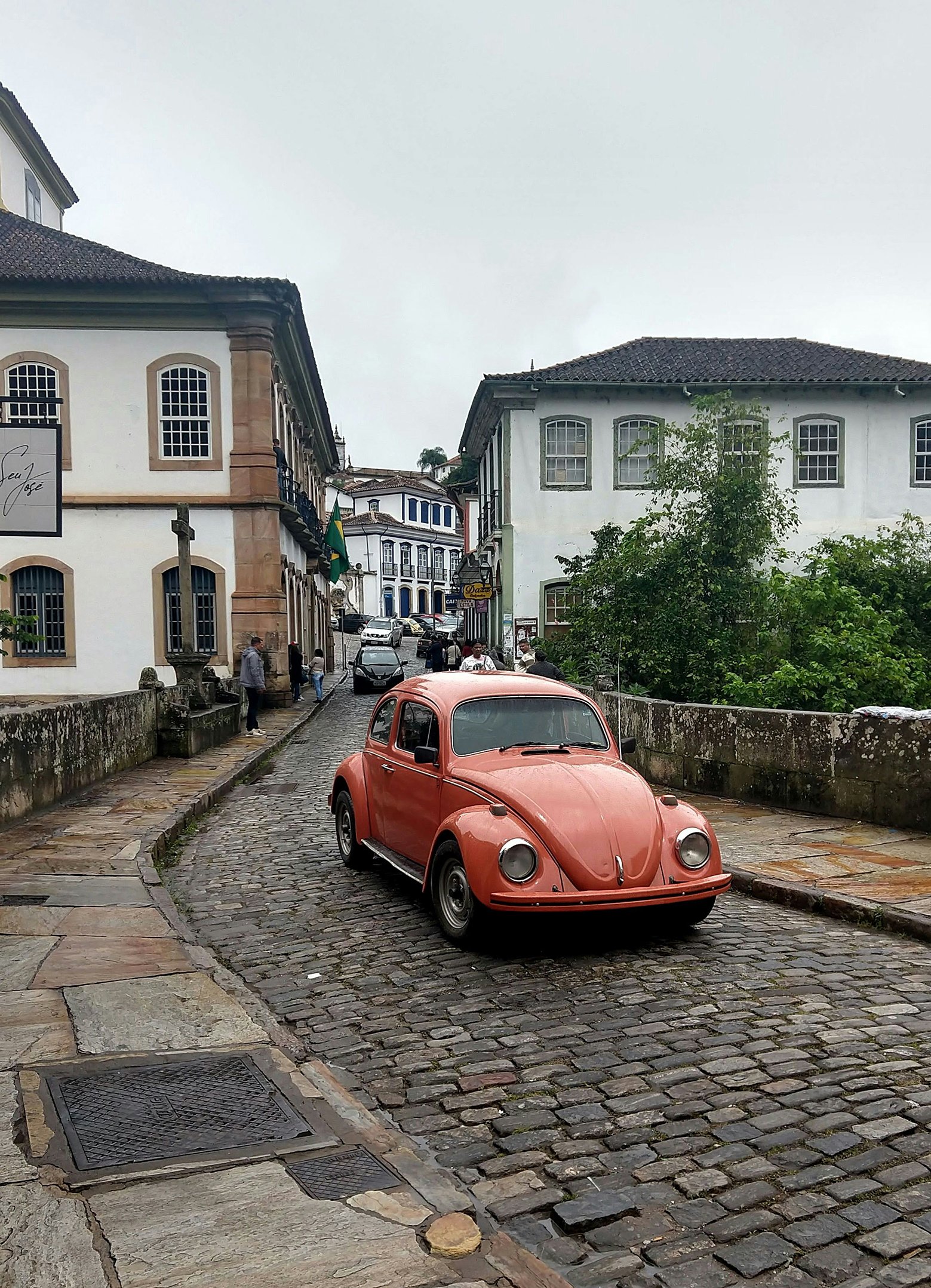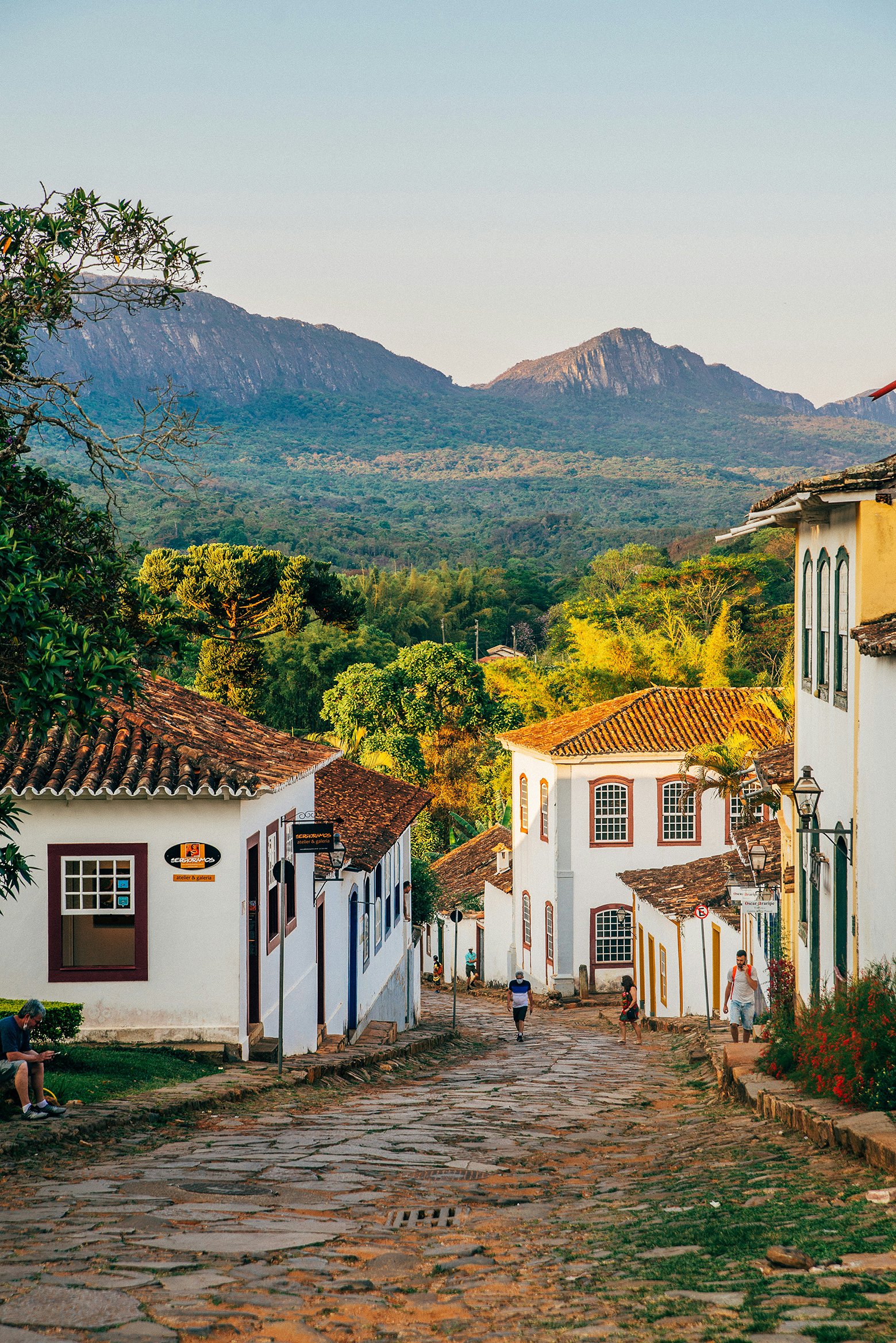Brazil's Gemstone
Minas Gerais, a state located in southeastern Brazil, is renowned for its picturesque landscapes, rich cultural heritage, and historical significance. Bordered by the states of São Paulo, Rio de Janeiro, Espírito Santo, and Bahia, Minas Gerais is characterized by its mountainous terrain, lush valleys, and numerous rivers. The state is home to a variety of ecosystems, ranging from tropical and subtropical forests to arid cerrado regions, making it a remarkable destination for outdoor enthusiasts and nature lovers.
Minas Gerais holds a pivotal role in Brazil's history, particularly during the colonial period when it was a center for gold and diamond mining. The wealth generated by these resources contributed to the development of several towns and cities, many of which showcase stunning colonial architecture that reflects the Baroque style. Today, these historical sites are renowned for their cultural significance and serve as a reminder of the state’s prosperous past. Cities such as Ouro Preto, Tiradentes, and Mariana are UNESCO World Heritage Sites, attracting tourists with their well-preserved structures and rich stories.
In addition to its historical prominence, Minas Gerais is culturally vibrant, highlighted by its traditions in music, cuisine, and craftsmanship. The state is known for its distinct gastronomic offerings, including dishes such as pão de queijo and feijão tropeiro, which not only reflect the local flavors but also the deep-rooted culinary traditions of the region. The cultural landscape is further enriched by festivities that celebrate local customs and music genres, such as the famous Sertanejo and traditional folk dances.
Places
Minas Gerais Highlights

Ouro Preto: A UNESCO World Heritage Site
Ouro Preto, a charming colonial town in the state of Minas Gerais, Brazil, offers visitors a unique glimpse into the country’s rich historical past. Recognized as a UNESCO World Heritage Site, it is celebrated for its well-preserved Baroque architecture and significant role during the Brazilian Gold Rush in the 18th century. A stroll through its cobblestone streets reveals the town's architectural elegance, enhanced by the stunning hills that frame the landscape. One of the most iconic landmarks in Ouro Preto is the Church of Saint Francis of Assisi (Igreja de São Francisco de Assis), designed by the renowned artist Aleijadinho. This baroque church exemplifies intricate artistry, from its richly adorned façade to the magnificent interior featuring beautifully painted ceilings and detailed woodwork. The church serves as a testament to the wealth and artistic aspirations of the period, drawing architecture enthusiasts and history buffs alike. In addition to religious sites, the Museu da Inconfidência is another must-visit attraction in Ouro Preto. Housed in the former colonial jail, this museum commemorates the Inconfidência Mineira, an important movement that sought independence from Portuguese rule. Here, visitors can explore exhibitions that delve into the political and social history of the region, fostering a deeper understanding of Brazil’s quest for freedom.
Belo Horizonte: The State's Capital
Belo Horizonte, the capital city of Minas Gerais, serves as a noteworthy destination for both domestic and international travelers. Known for its striking modernist architecture, the city provides a unique blend of contemporary design and historical influences that reflect its rich cultural heritage. The skyline is dominated by notable structures, including the iconic Pampulha Modern Ensemble, which has been designated as a UNESCO World Heritage Site. This collection of buildings, designed by the renowned architect Oscar Niemeyer, showcases a harmonious fusion of art, nature, and urban planning, making it a must-visit site for architecture enthusiasts. In addition to its architectural wonders, Belo Horizonte is famed for its vibrant nightlife and culinary scene. The city boasts a diverse array of bars, restaurants, and nightlife options that cater to varied tastes, from traditional Brazilian cuisine to international fare. Mercado Central, one of the city’s main attractions, offers an authentic taste of Minas Gerais culture through its vast selection of local foods, artisan crafts, and lively atmosphere. Visitors can explore stalls featuring an array of cheeses, cured meats, and the famous pão de queijo, a popular cheese bread that represents the region’s culinary identity.
Tiradentes: Colonial Charm and Historic Streets
Nestled in the picturesque mountains of Minas Gerais, Tiradentes is a quintessential Brazilian colonial town that captivates visitors with its rich history and stunning architecture. Originally founded in the 18th century as a gold mining settlement, the town has preserved its colonial charm, making it a prime destination for those interested in Brazil’s cultural heritage. Upon arrival, tourists are immediately struck by the cobblestone streets lined with beautifully restored colonial buildings, churches, and charming shops, all of which contribute to Tiradentes' inviting atmosphere.
One of the town's standout features is the iconic Igreja Matriz de Santo Antônio, an exquisite example of baroque architecture adorned with stunning artwork. This church not only serves as a place of worship but also as a historical landmark that represents the town's significance during Brazil's colonial era. As visitors stroll through the streets, they will also encounter numerous artisan shops, where local craftspeople showcase their talents. From intricately designed pottery to handmade textiles, the artisanal spirit of Tiradentes is a highlight for many tourists.


